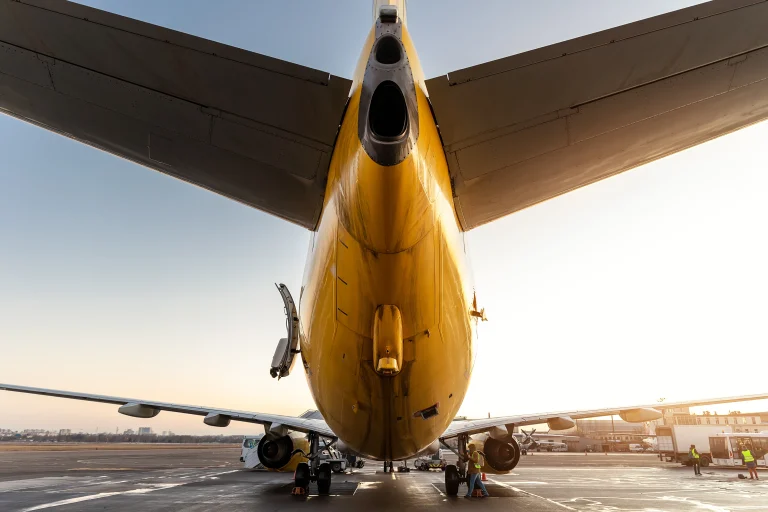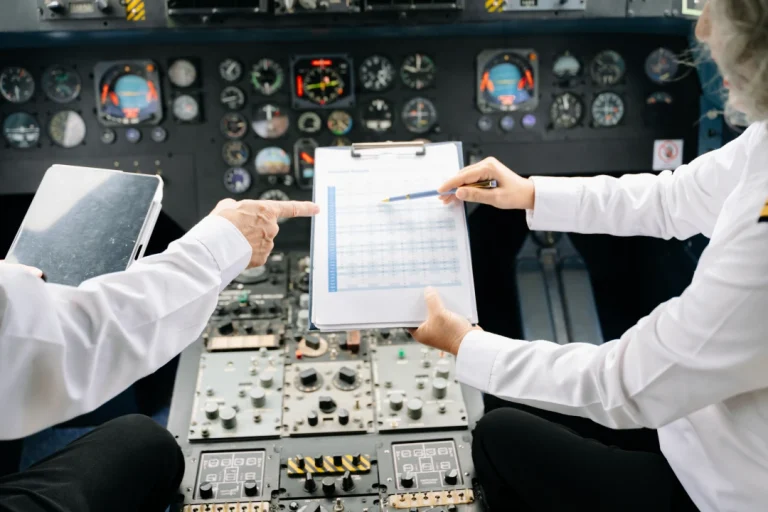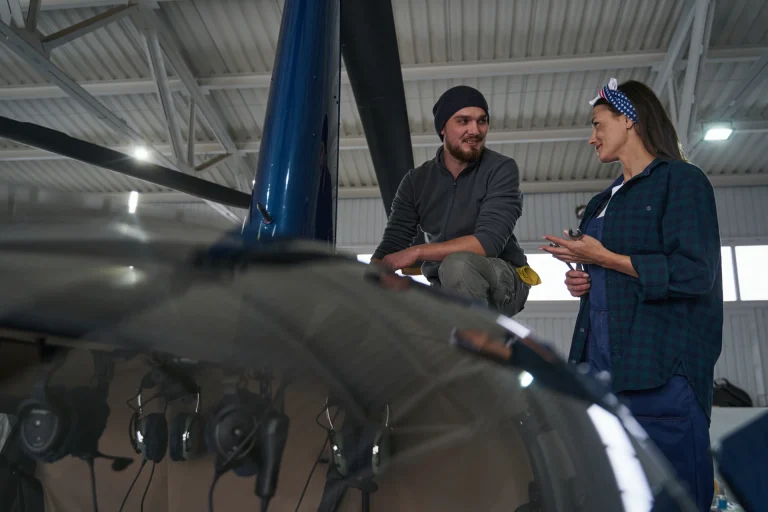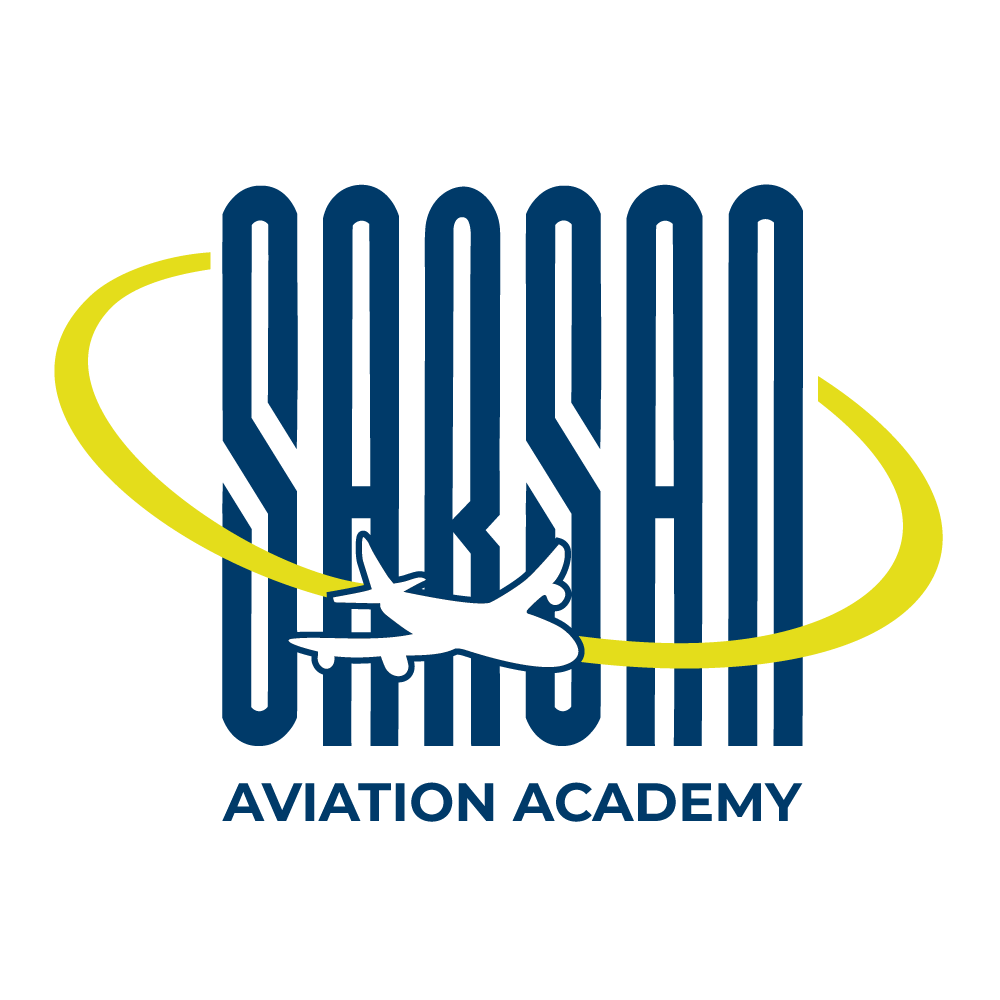Introduction
As air travel grows globally, airlines are extending the service life of their fleets. This means older aircraft are staying in service longer, creating unique maintenance challenges. Keeping aging aircraft safe and operational requires careful planning, specialized tools, and skilled technicians.
In this blog, we’ll discuss the key challenges of maintaining aging aircraft and share practical strategies and best practices to tackle them effectively.
Key Challenges in Aging Aircraft Maintenance

1. Corrosion and Fatigue Damage
Aircraft face constant exposure to environmental factors like humidity, temperature changes, and pollutants. Over time, this leads to:
- Corrosion: Weakens metal parts, especially in joints and the fuselage.
- Fatigue Damage: Stress cycles cause cracks, affecting structural integrity.
2. Frequent Maintenance Requirements
Older aircraft need more frequent and detailed checks, such as C-checks and D-checks, which can be expensive and time-consuming.
3. Difficulty Sourcing Parts
Parts for older models often become obsolete as manufacturers stop production. Finding alternatives can delay repairs and increase costs.
4. Rising Costs
Maintaining older planes demands higher labor hours and specialized repairs, increasing overall expenses.
5. Meeting New Regulations
Older aircraft must be upgraded to meet evolving safety and environmental standards, requiring significant investment in retrofits and technology.
Effective Strategies for Maintaining Aging Aircraft
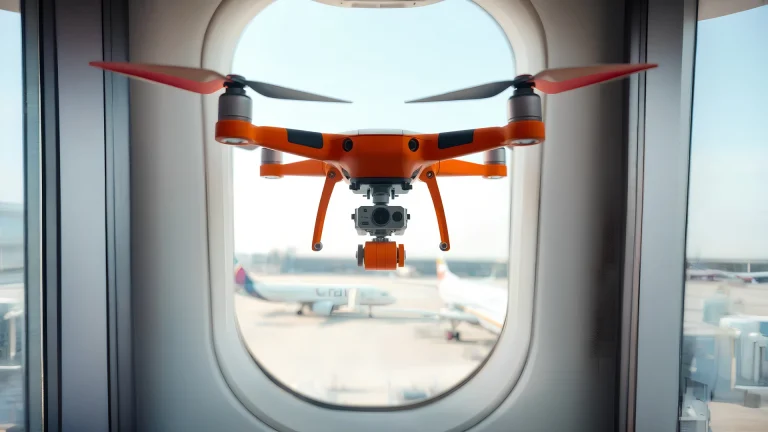
1. Use Predictive Maintenance
Predictive maintenance uses data analytics and sensors to identify problems early. This helps reduce unscheduled downtime and prevents costly failures.
2. Implement Corrosion Control Programs
Proactive measures can limit corrosion:
- Regular washing and protective coatings.
- Detailed inspections in areas prone to rust, like fuel tanks and landing gear.
3. Turn to 3D Printing for Parts
When parts are unavailable, 3D printing offers a fast and cost-effective solution. Operators can produce custom parts to replace obsolete components.
4. Enhance Inspections with Technology
- Drones: Quickly inspect hard-to-reach areas like the top of the fuselage.
- Nondestructive Testing (NDT): Tools like ultrasonic and thermal imaging detect internal cracks without dismantling parts.
5. Train Technicians on Aging Aircraft
Technicians must understand the unique needs of older planes. Regular training ensures they stay updated on:
- Modern diagnostic tools.
- Corrosion repair techniques.
- Safety protocols.
6. Upgrade Components
Instead of replacing entire systems, upgrade key components like avionics or engines to improve efficiency and compliance.
7. Plan Long-Term Maintenance
Work with Maintenance, Repair, and Overhaul (MRO) providers to create a cost-effective plan for the aircraft’s remaining lifespan.
Best Practices for Managing Aging Fleets

Keep Accurate Records
Use digital platforms to document all maintenance activities, ensuring compliance and easy tracking.Collaborate with Experts
Partner with experienced MRO facilities for advanced repairs and regulatory upgrades.Use Manufacturer-Approved Parts
Always opt for OEM (Original Equipment Manufacturer)-approved components to maintain safety and performance.Monitor Wear Patterns
Pay attention to areas that show consistent wear and plan repairs accordingly.
Why Aging Aircraft Maintenance Matters

Safety is Paramount
Proper maintenance ensures the safety of passengers and crew by preventing potential failures.
Cost-Effective Operations
Proactive strategies minimize unexpected costs and downtime, improving fleet efficiency.
Regulatory Compliance
Meeting updated safety and environmental regulations is essential to keeping aircraft operational and avoiding penalties.
How Training Prepares Technicians for These Challenges
Institutions like Sarsan Aviation Academy train technicians to handle the complexities of aging aircraft. With GCAA-certified programs, students gain practical skills to inspect, repair, and maintain older planes to the highest standards.
Conclusion
Maintaining aging aircraft is a complex but essential task in today’s aviation industry. By using predictive maintenance, advanced tools, and skilled technicians, airlines can extend the life of their fleets while ensuring safety and efficiency.
At Sarsan Aviation Academy, we prepare future Aircraft Maintenance Engineers to tackle these challenges head-on. Our GCAA-certified courses combine theory and hands-on training, equipping you for a successful career in aviation.
Are you inspired by the opportunities in aviation?
Start your journey as an Aircraft Maintenance Engineer today. Enroll in Sarsan Aviation Academy’s GCAA-approved courses and become an expert in aviation maintenance.
